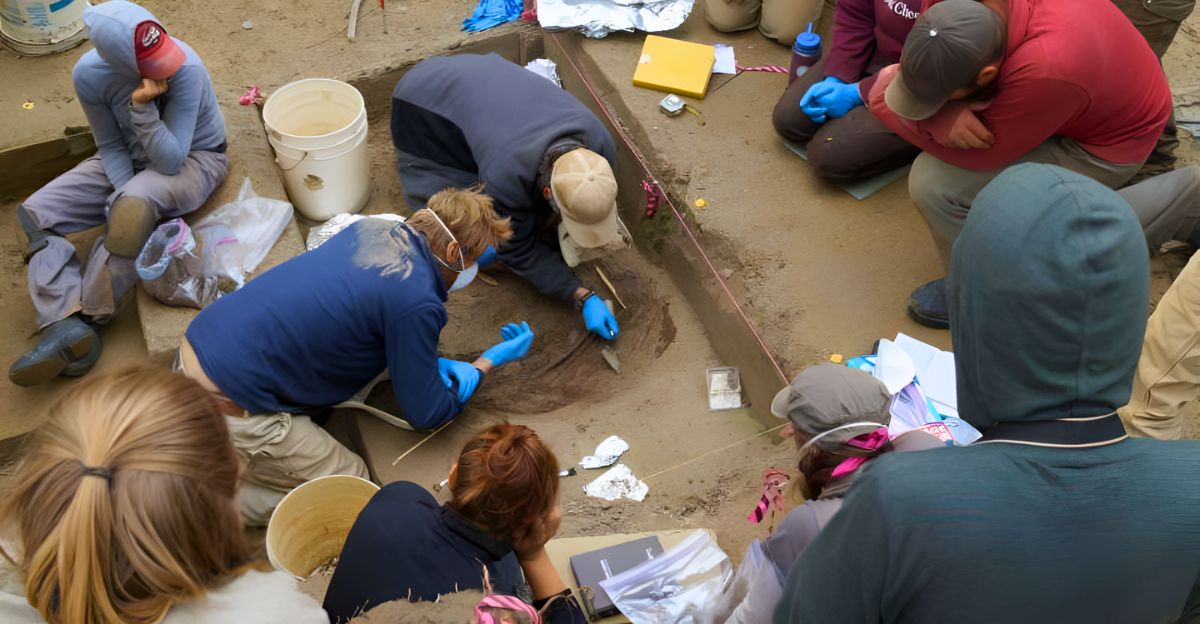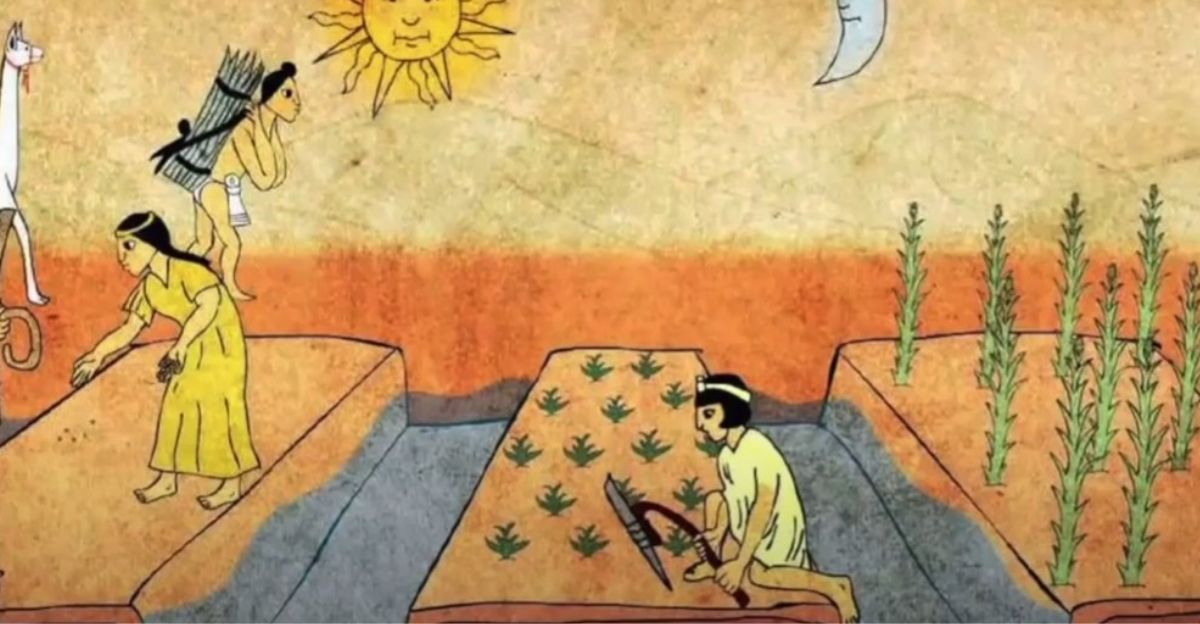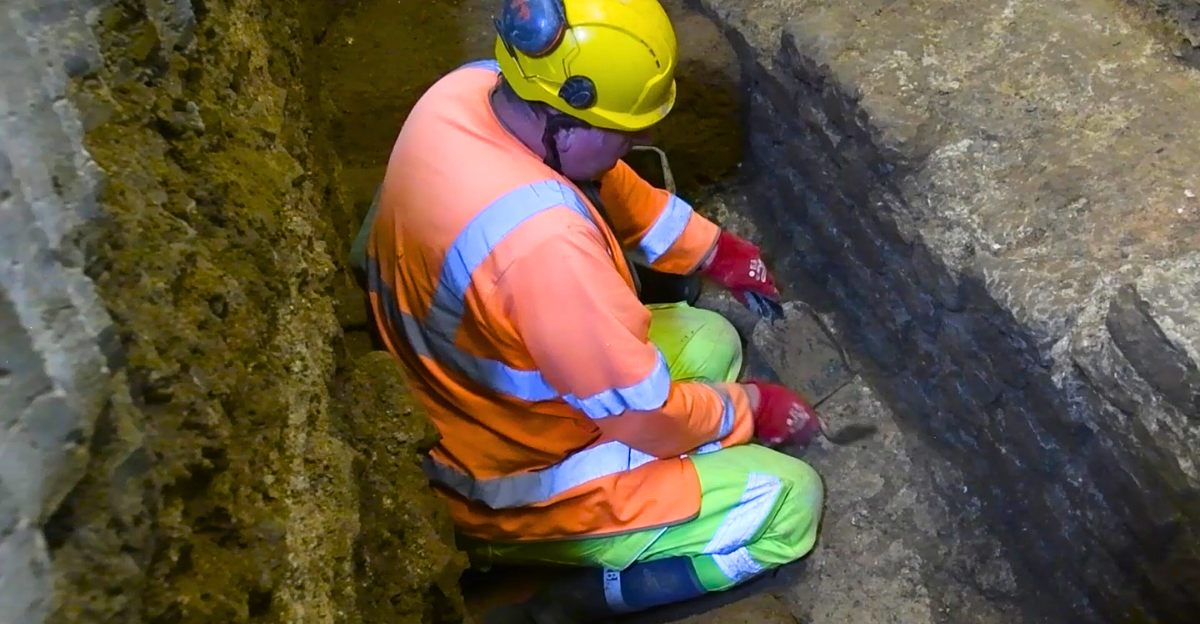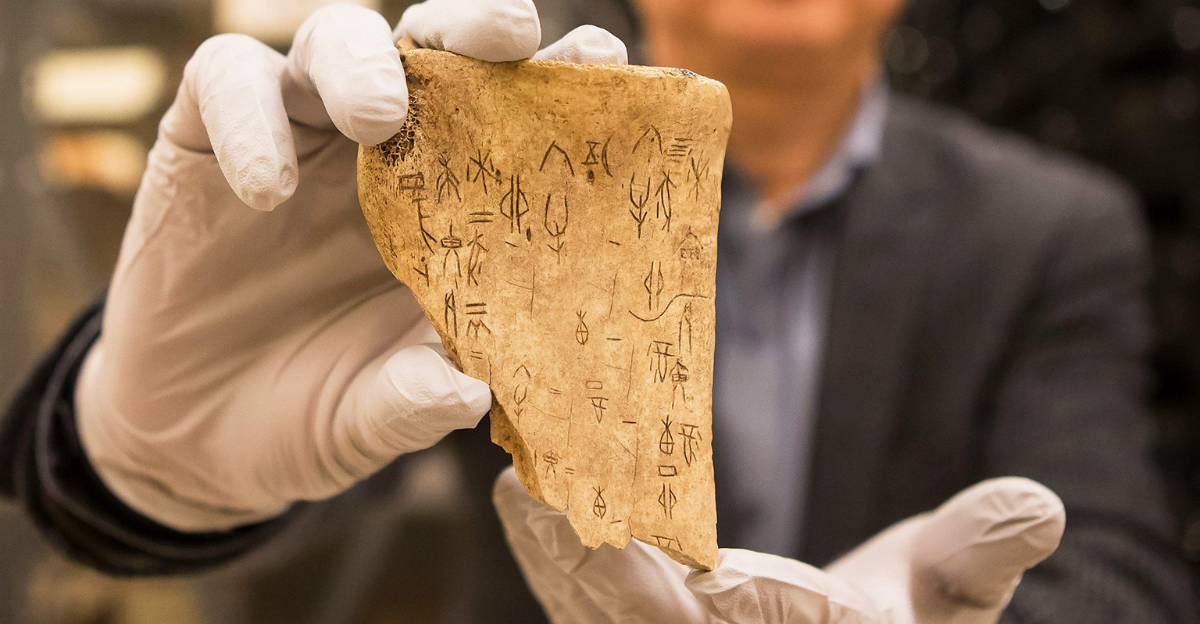
Native American agriculture isn’t always viewed through an impressive lens. In fact, it’s generally always thought to have been simplistic, naive, and even accidental at times. However, more recent observations at a now well-established Native American farming site in Northern Michigan, called Sixty Islands is changing a lot about what researchers and scientists now understand about old Native American farming practices and how efficient they actually were. Let’s take a look at the remarkable new discovery!
Michigan, A Tough Landscape

The northern parts of Michigan are generally considered to be a tough area to farm in, even with today’s more advanced and efficient approach to agriculture. The cold climate, short growing season, and dense forestation of the era would have made it significantly difficult for Native American Menominee Indians to farm there. However, the discovery of a massive 330-acre area of a raised ridge growing system in northern Michigan proves that Native Americans took on the challenge and likely succeeded!
Surprising Innovation

The Sixty Islands archaeological site is deemed to be an important study of Native American culture and specifically farming practices. In fact, it’s hailed as the most complete ancient agricultural site in Eastern America. The site features a large number of raised ridge garden beds that average around 4-16 inches in height. The field, it is believed, was used to grow corn, beans, and squash, generally in large volumes. However, the site also reveals some significant facts about the ancient Native American Menominee society.
A Large Settlement

Researchers, like Madeleine McLeester, an assistant professor of anthropology at Dartmouth, believe that the pre-colonial Menominee farmers would likely choose their own plot of land within the area. The size and scale of the agricultural operation that was taking place here also forced them to rethink a lot about it being a small, egalitarian settlement. They now believe that the settlement was, in fact, a collection of smaller settlements that all shared the land together. However, the site has also helped reveal a lot of interesting facts about ancient Menominee culture and farming techniques.
Advanced Farming Techniques

Another interesting thing noted about the farming practices of the ancient Menominee is that they utilized what is now known as the ‘Three Sisters’ method. This is based on the fact that they grew corn, beans, and squash together. This practice of biodiversity has today been known to help create strong, more pest and drought-resistant crops. It’s also a stark separation from the monocrop approach to farming that the colonial settler utilized, i.e., only farming corn or one type of crop in a whole area. The ‘Three Sisters’ approach also helped the soil become healthier.
Signs of Compost

Another startling discovery made at the Sixty Islands site shows that the ancient Menominee people actually had a good understanding of how compost worked. According to the find, evidence of charcoal and the mixing of wetland soil hints that the ancient Menominee understood that enriching the soil was an important part of agriculture, and that they even knew how to go about doing it. This changing the idea of a people who largely seen as hunter-gatherers and scavengers, as opposed to farmers.
More Than Farming

The site is also home to a number of other interesting finds that mark it as an important location for the ancient Menominee people. First of all, the site showed evidence of a ‘dancing circle’, a space that was widely used by different Native American tribes to celebrate rituals of interconnectedness and the cyclical nature of life. Scientists also found burial mounds at the site, although many of them had been desecrated. There was also evidence of a colonial-era trading post that was likely set up to help establish trading with the Menominee once settlers landed in the area.
New Technology

The scientists studying the area decided to implement the use of new technology like drone-operated lidar due to the fact that surveying the large area from a plane wouldn’t give them clear enough resolution to accurately study the findings. The technology, according to researcher Jesse Cassana, is helping them understand more about how the region functioned for agricultural purposes and giving them better insights into how the ancient Menominee lived there. So far, they’ve managed to survey roughly 40% of the area.
A Very Old Site

According to radicarbon dating from corn samples found at the site, researchers managed to date the early beginning of the area. According to what they found, the site was constructed over a 600 year period, which began roughly in the year 1000. This makes the site over 1000 years old by todays date. It’s an incredible find that has helped to shed a lot of light on how the ancient Menominee people lived and farmed throughout their time in pre-colonial America.
Regional Understandings

The researchers at Sixty Islands now believe that the site was part of a much larger network of these raised ridge farming practices. They speculate that, due to the fact that agriculture on this scale required a lot of work, it would make sense to understand that large portions of the tribe would have had to have been involved. The researchers now also surmise that large parts of eastern America might have also been home to these types of farms, as the tribe would have likely grown them wherever their settlements were large enough.
More than Rice

For a long time, the Menominee were thought of being solely dependent on wild rice in terms of their agricultural practices. While wild rice is seen as being hugely influential in the culture, and a very important pillar of their belief system, the evidence at the Sixty Islands site shows that they were not adverse to farming a wider variety of crops, and in large quantities. The evidence points to the fact that they were quite a diverse culture and weren’t afraid to embrace agriculture.
More to Find

While the evidence found at Sixty Islands has already revealed a great deal about what pre-colonial America was like for the ancient Native American peoples, the truth is that there’s still a lot to be uncovered. As scientists discover more and dig deeper into the ancient history, they’ll likely unlock more about this amazing culture. Future generations will likely have a very clear picture of how their ancestors lived in the past. If you liked this article, be sure to check out more on the site!






